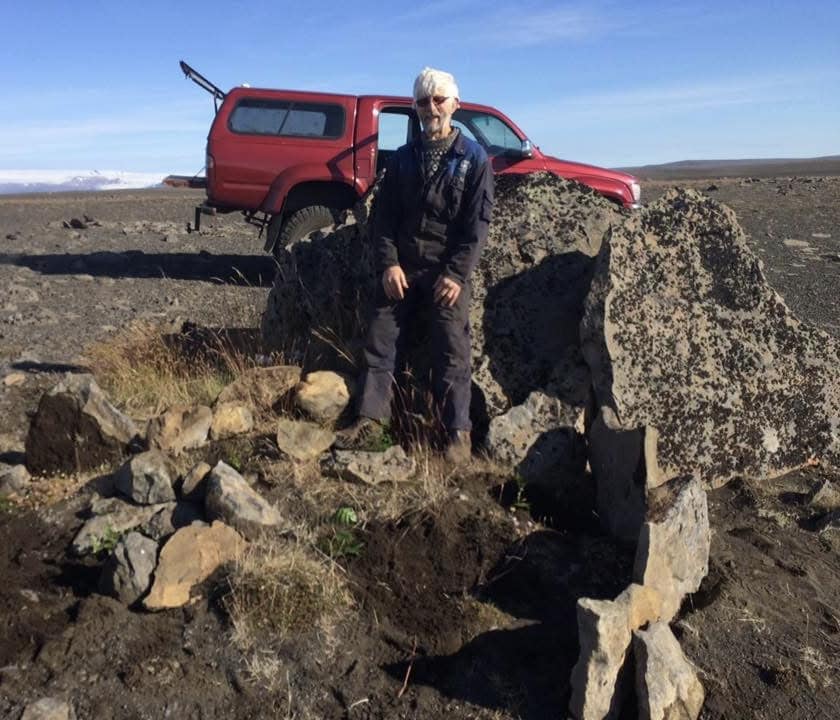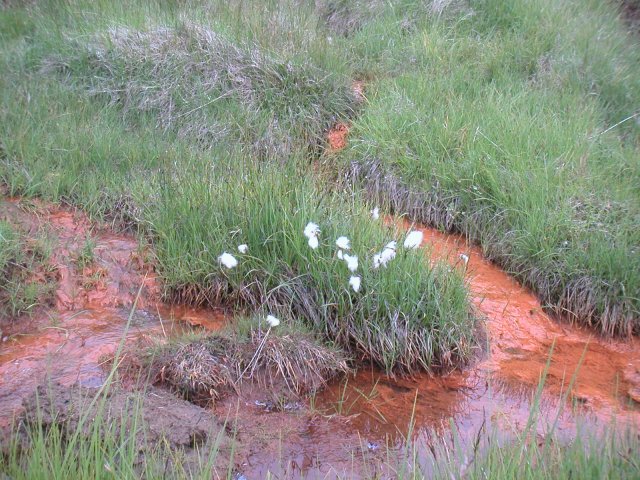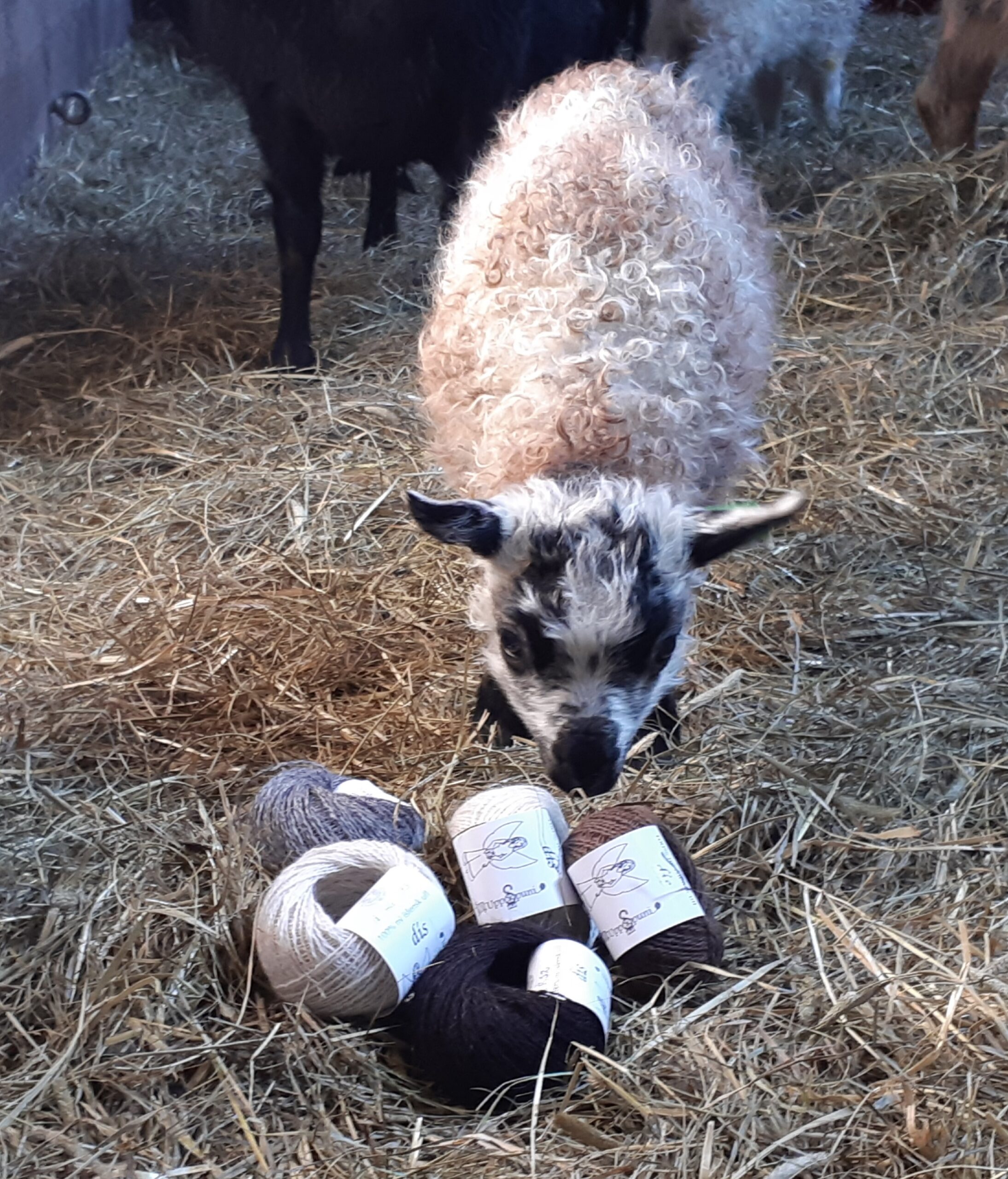- 09.02.23
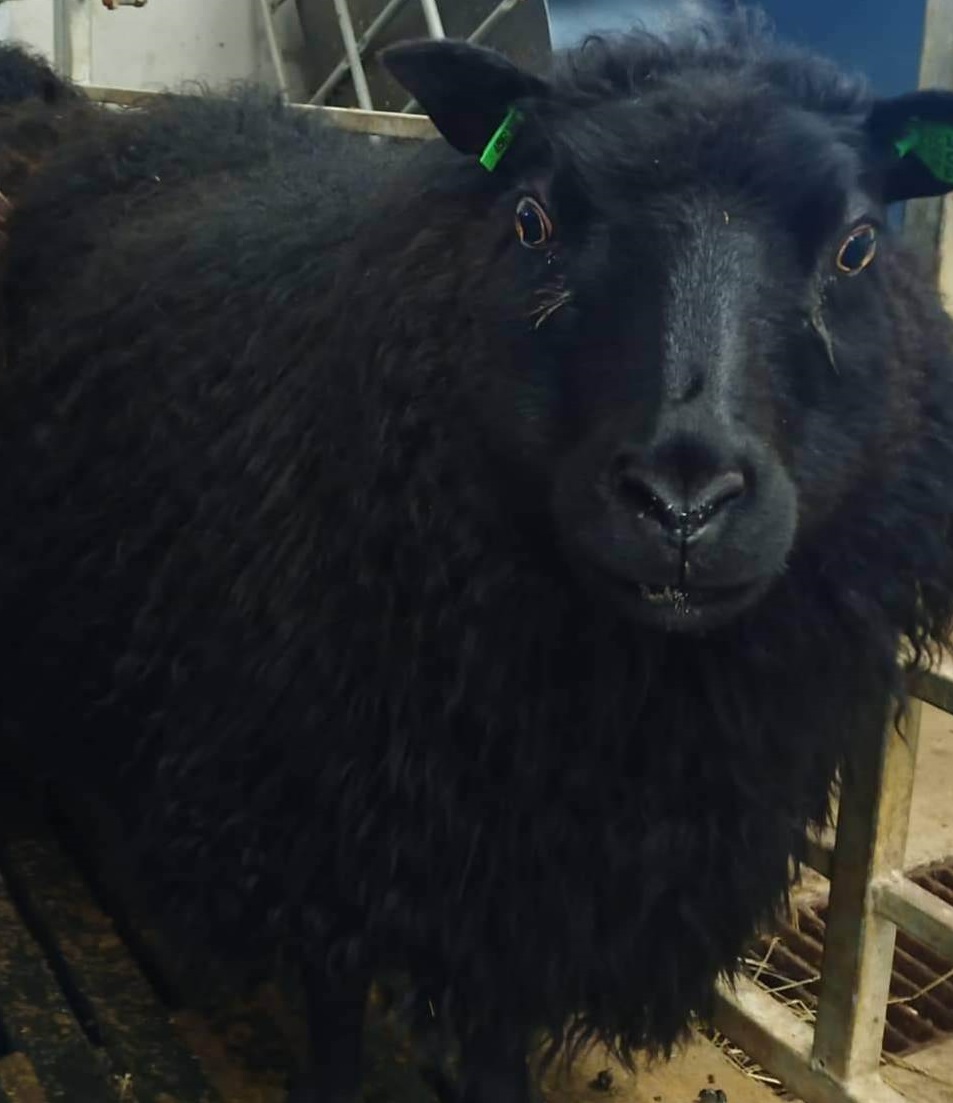
Oh the black sheep. How wonderful it can be to have in your flock.
We actually have most of the greyish black or the brownish black sheep in the Icelandic herd. But we can also find pure black and when we do they are a treasure. Did you know that a pure black sheep does not turn grey when it gets older? It doesn’t. It is just shining black from birth to death, even up to the age of 10 or 12 years old.
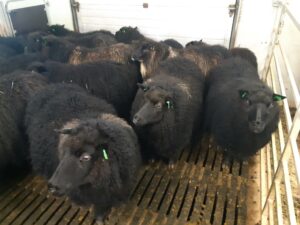
I am so lucky to have all the three colours of black in my herd. The brownish black, greyish black and pure black. You might see every colour on the picture here to the right…
The first one I noticed to be the very rare pure black sheep in my flock, was Smiðja (the name means the blacksmith’s or mechanic’s shop). She lived to be 10 years old, and in her last fleece, I could not find a single grey hair. It was so amazing. By then I had started to look for more sheep with that colour in my flock and the mother and daughter Tinna and Hrefna were equally black. The good thing about all these sheep is also that their wool is very soft and very often rather easy to spin into nice beautiful yarn. I usually use it for hulduband, getting an extra good pattern colour in my sweaters. Or the main colour. But when the sheep gets older, it’s tog gets weaker in the fleece and parts more easily. Then I use the black colour to make hjónaband which is the yarn with almost only thel.
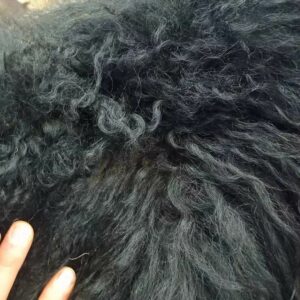
Sometimes people think the pure black colour is a fake or from a bottle. But it is not. It is just completely coal raven black in the natural colour of those sheep.
A brownish black sheep has the brown tone to the fleece in its younger years and when the yarn has been spun it sometimes looks brown. Especially when the sun is shining straight on the skein. When the sheep gets older it sometimes turns grey on the outer hairs (tog) but the inner hair have the brownish black tone to it. So you can actually get different shades of colour in the yarn when the sheep grows older or if you mix it differently, but you can never get it completely black like the pure black sheep. This colour is usually called sheepy black in Icelandic and it is very popular as the main colour in our Lopapeysa but also giving a good variation in pattern colours.
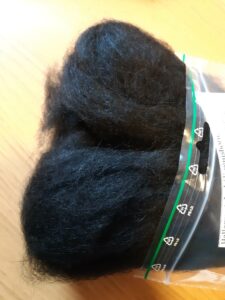
The greyish black is not easy to see on a one year old sheep. But when you shear it for the first time it looks like the belly of the sheep has silver on it. When the wool grows out again for the second year of the sheep’s live, it is grey on the tog hairs. Sometimes the greyish black sheep have so much of the grey hairs in their fleeces that people even think they are grey. But the face of the sheep can tell you the truth. If the face is black, the sheep is black. It sometimes has such lovely long locks of tog, just flowing over the sheep’s body curly and shiny. I find the greyish black colour often the best one to make black sock yarn, but sometimes the black wool is not as strong as some other colours. It can also test your patience when you want to spin a fine thread, just by breaking number of times before it starts to spin without problems.
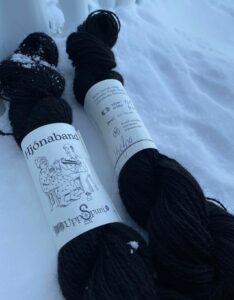
It is not easy to see the colour of Hrefna’s yarn on the photo here to the left. I put it in the snow for contrast, but it just looks like something black… Could be anything actually. But it is yarn and one skein is enough for a hat or a pair of mittens.
I can’t leave you without telling you the story about the name of the yarn; hjónaband. It means marriage in Icelandic; the thread that connects the couple together. And since most of our yarn has the ending -band, we thought that hjónaband was a funny addition to our production. Since we think that a marriage should be warm and soft, we decided that our thel yarn would be called hjónaband (marriage), because the thel of the wool is the soft, fine insulating part of the fleece, keeping the sheep, – and us, warm when we wear it.

